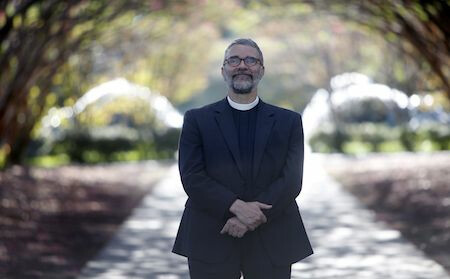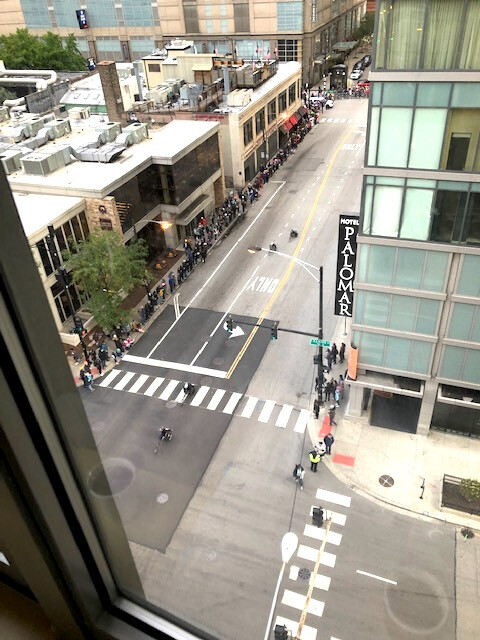De Ira

For various reasons practical and philosophical we divide ourselves, but at the same time we know how unrealistic this is. Our thinking is clouded by fear or passion; our feelings are expanded as we learn about the world around us. In traditional catholic theology our thought and judgment are steered by our virtues and vices. Dante built a spiritual world tiered according to these virtues and vices. In the case of the sixth circle of hell, the wrathful endlessly tear at each other, while the sullen are endlessly stuck in mud - their knowing and willing are connected, and both impede their relation to God.
I have been thinking in this regard, about our relation to “ira” known as the vice of anger. It seems ubiquitous these days - we see it better in our foes than our allies, much less ourselves, all of which is a symptom thereof. If our legislators are threatening to shoot each other, we have an “ira” issue. I suspect it is found in church relations too. Over the years I have concluded that unresolved anger is the greatest cause of conflict in the clergy and the parish.
All this may sound like Lent after its time, but the place to start is with ourselves, our own ocular logs. This seems all the harder in a culture of suspicion and wired isolation. Secondly we should remind ourselves that the end point of truth and reconciliation is forgiveness, which is directly opposed to anger. But everything in the spiritual life has to do with letting go, especially of things like anger, in thanksgiving for the non-score- settling, self-giving of God in Christ. Like everything hard, the crisis of anger in our self and in our culture is ultimately an occasion for the Gospel.
Peace
+GRS




